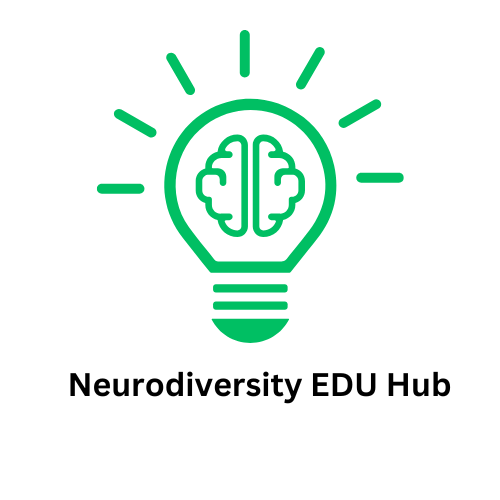
Understanding the Rise in ADHD and Autism Diagnoses
The conversation surrounding ADHD and autism has recently gained momentum, yet much of it has been muddied by alarmist rhetoric suggesting we are experiencing a neurodiversity crisis. In reality, the statistics reflect a growing recognition of neurodivergence, particularly among groups who were historically overshadowed, such as women, girls, and individuals of color. Recent years have seen an improvement in understanding and diagnosing neurodiverse conditions, bringing long-overdue clarity rather than a sudden increase in prevalence.
Breaking Down Misconceptions
The Make America Healthy Again Commission has characterized autism and ADHD as "health burdens," which contributes to the stigma surrounding these conditions. Such narratives reinforce the idea that neurodivergent individuals represent a threat, perpetuating an outdated mindset that fails to account for the diversity of neurological functioning. Awareness and educational curriculum improvements reflect an evolution towards recognizing and valuing neurodiversity rather than a deterioration of societal norms.
The Historical Context of Neurodiversity Awareness
Historically, autism was primarily defined by its more visible manifestations, often leading to underdiagnosis for those outside of these parameters. This tendency is especially prevalent among women and individuals from diverse backgrounds, who may experience autism in ways that do not conform to traditional stereotypes. Similar patterns are observed in ADHD diagnoses, which were often narrowly associated with hyperactive boys, leaving many girls undiagnosed. Research now indicates that women often exhibit internalized symptoms, such as inattentiveness or emotional struggles, complicating their diagnoses further. This persistent oversight has shaped narratives surrounding neurodivergence, leaving many to advocate for a broader understanding of these conditions.
Growing Recognition and Support for Neurodivergent Individuals
The increase in ADHD and autism diagnoses can largely be attributed to three key factors: changes in diagnostic criteria, enhanced awareness of neurodiversity, and improved access to evaluations. As diagnostic frameworks have evolved, they have become more nuanced, allowing for a greater number of individuals—especially women and people of color—to receive the recognition and support they need. Community awareness campaigns serve not only to educate parents and educators about these conditions but also to validate the experiences of neurodivergent individuals.
Emotional Connections and Personal Stories
Many neurodivergent individuals can share moments where they felt unseen or misunderstood; whether it was in their workplaces or within their academic environments. For instance, one individual recounted feeling isolated and confused about her own capabilities in school, where her challenges were attributed merely to her personality. It wasn’t until she began pursuing evaluations for her children that she recognized her own neurodivergent traits.
Practical Steps for Educators and Parents
As awareness continues to grow, educators and parents must embrace a proactive approach to supporting neurodivergent students. This involves implementing diverse teaching methods, advocating for mental health resources, and fostering inclusivity in classrooms. Understanding the nuances of neurodivergent behaviors enables better academic strategies that cater to a wider array of learning styles. For instance, practical techniques, such as sensory breaks and tailored feedback, can enhance the learning experience for students with ADHD and autism alike.
Why Understanding Neurodiversity Matters
The increased visibility of ADHD and autism is a positive step toward validating individual experiences and reducing stigma. As mental health awareness deepens, this recognition will allow more individuals to seek out necessary support and potentially transform how society views cognitive differences. By dismantling outdated beliefs regarding neurodivergence, we create environments that foster understanding, acceptance, and growth.
For those feeling overwhelmed by the implications of these diagnoses—whether personally or within the classroom—there are resources and communities ready to support and provide practical advice. Awareness is just the beginning; sustained education is what will empower individuals and communities alike.
Consider enrolling in our free webinars or reaching out to local support groups to further understand neurodiversity and uncover methods to assist neurodivergent individuals in thriving.
 Add Row
Add Row  Add
Add 




Write A Comment